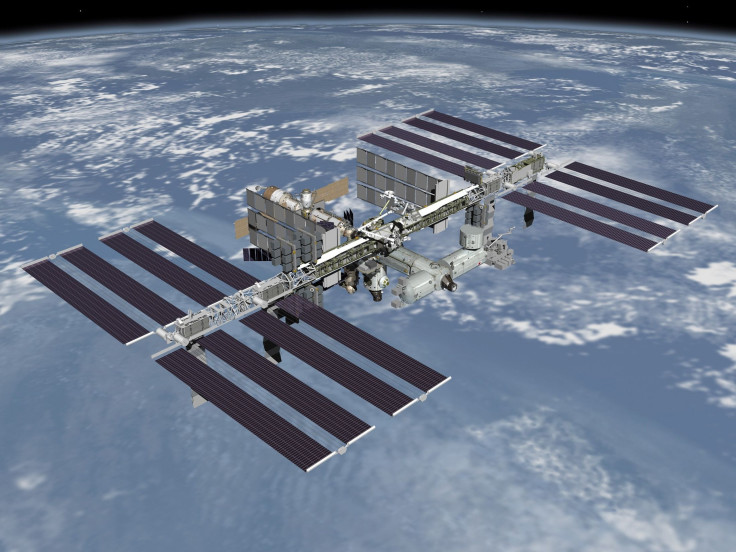International Space Station Ammonia Leak Forces US Astronauts To Russian Section, Cause Unknown

An ammonia leak forced American astronauts to evacuate the U.S. side of the International Space Station at 4 a.m. on Wednesday and relocate to the Russian side. NASA and crew members were not immediately sure if the leak was due to a pressure spike, a faulty sensor or a computer relay box issue, NASA said in a statement. There were no injuries and the U.S. section of the station was closed soon after for testing.
Flight controllers in Houston said they noticed increased pressure in the station’s water loop and cabin “that could be indicative of an ammonia leak in the worst-case scenario,” according to the NASA update. As a precaution, U.S. crew members were told to move, and nonessential equipment was turned off while the team evaluated their section. "The safety of the team was preserved thanks to swift actions of the cosmonauts and astronauts themselves and the team on the ground in Moscow and Houston," chief of Russian mission control Maksim Matyushin told NBC News.
This isn't the first time NASA has had a problem with an ammonia leak in the International Space Station. In 2013, astronauts had to fix a leak in a coolant loop when they saw flakes of ammonia exit into orbit outside the space station, prompting the crew to do an emergency spacewalk to find the substance. It was the first time a spacewalk, which usually takes months to plan, was conducted in an emergency.
The International Space Station program, which began in 1998 and cost $150 million among 15 countries, was expected to end in 2020 until the Obama administration announced it would extend the program until at least 2024. Last year, Russia said it wanted to leave the program entirely to create its own space station, though sources have since said there are no plans to do so. If that happened, it would affect plans for the U.S., which has been using Russia’s space shuttles since retiring its own in 2011.
© Copyright IBTimes 2024. All rights reserved.












